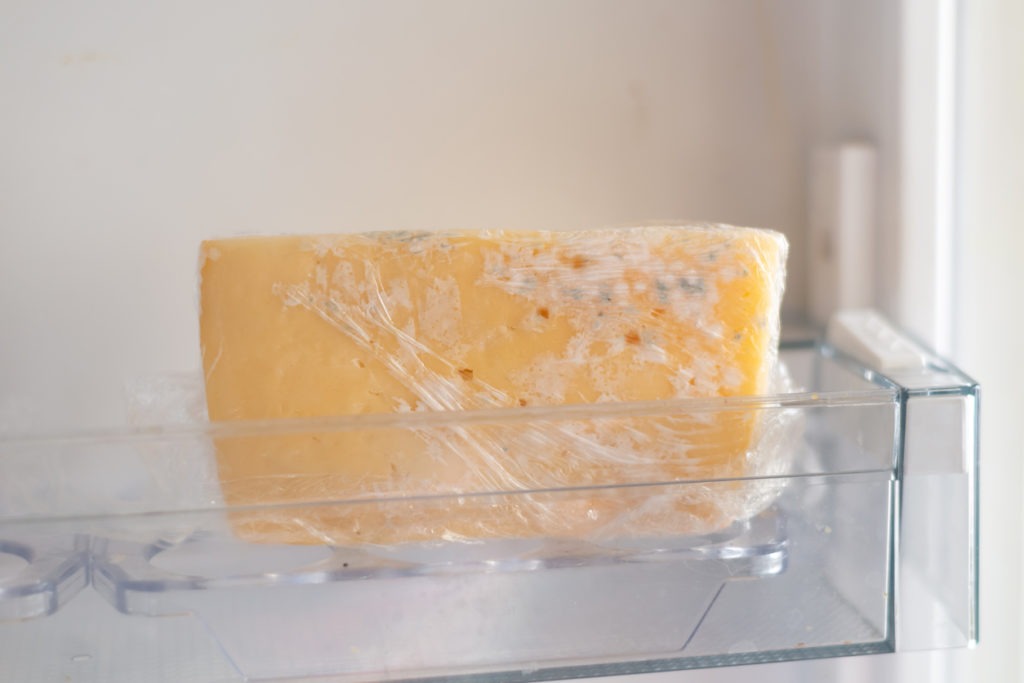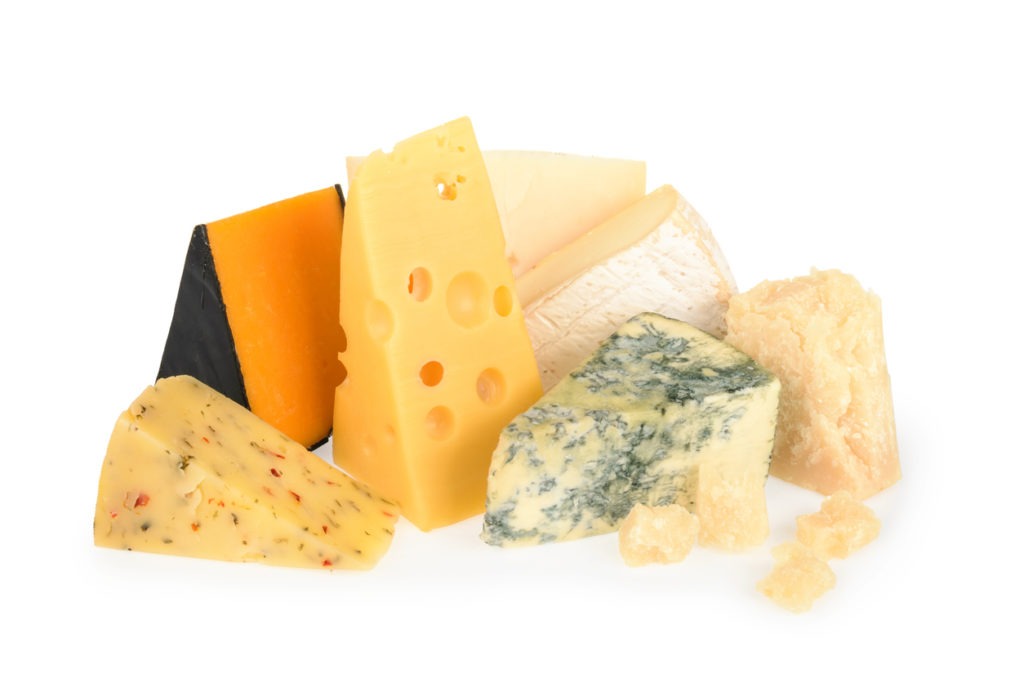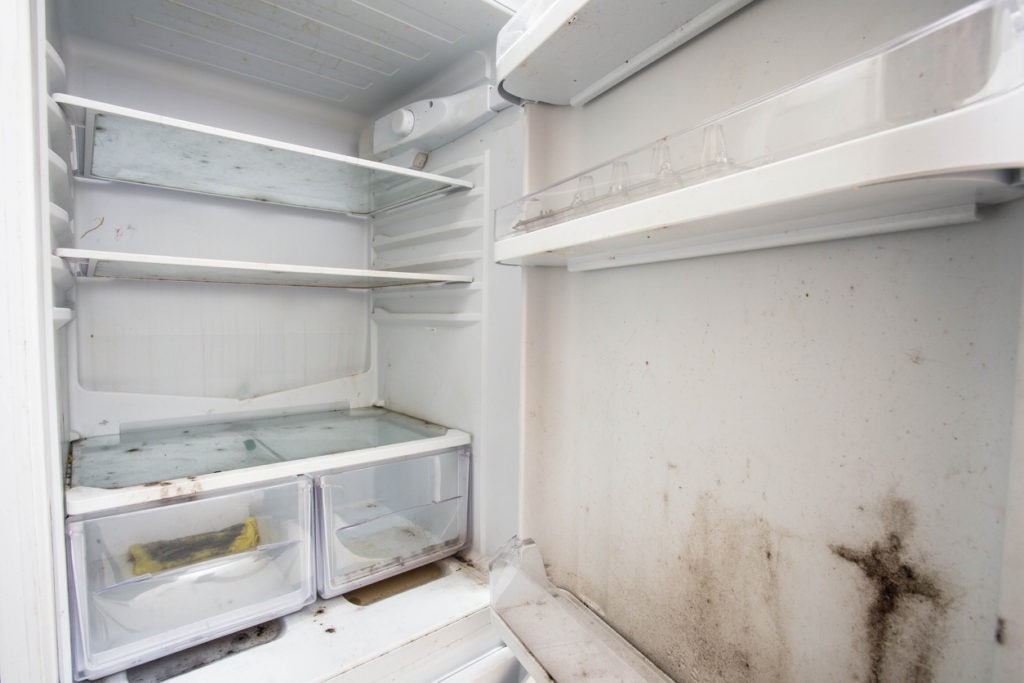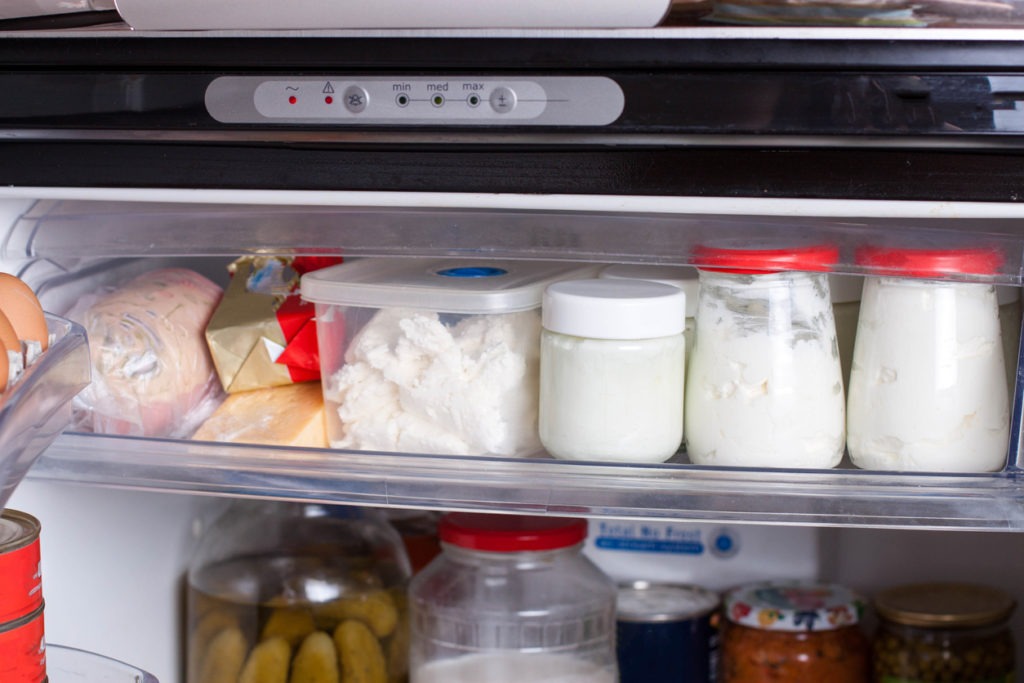Americans generally enjoy cheese. It’s because adding it to any meal is quite simple. On cheeseboards, in grilled sandwiches, and in casseroles, they can be consumed by the slice. If you enjoy cheese, you undoubtedly occasionally purchase several varieties. Additionally, you could have a few extra cubes or slices of cheese left over after serving a cheese plate.
Do you know how to properly store cheeses if you have a variety of cheeses at home or if you have leftovers? If you are an expert at serving and consuming cheese, it’s also critical to comprehend proper cheese storage techniques. By avoiding these cheese storage blunders, you can keep the block of cheese you’ve just opened fresh and delicious for as long as you need to complete it.
1. Leaving cheese in plastic storage once opened.
Typically, cheese is vacuum-sealed in plastic containers and sold in grocery stores. It works well for preserving the freshness of an unopened block. However, it is no longer a good place to store cheese after you breach that seal and begin slicing it. Yes, it’s simple to keep your opened block of cheese in the package or container it came in, but doing so isn’t the recommended method.
Manufacturers usually vacuum-package cheese blocks to preserve their freshness. However, the shelf life of the cheese will be reduced once it has been opened. It is more likely that mold will grow and the cheese will oxidize when the vacuum barrier is destroyed and the cheese is exposed to air.
Therefore, paper is preferable to plastic if you plan to store cheese. You may purchase cheese paper, a special two-ply paper designed to allow the cheese to breathe while keeping outside air from getting inside. If you don’t have cheese paper on hand, you can wrap the cheese in wax or parchment paper and put it in a partially closed plastic bag.
2. Keeping cheese in the wrong part of the refrigerator.
When cheese is kept at a constant temperature, the finest quality may be preserved. It may be exposed to outside air every time your refrigerator door is opened if you store it there or towards the front of shelves. As a result, stay away from putting cheese on the refrigerator door. All wrapped cheeses should be kept in the cheese drawer or vegetable crisper.
Additionally, storing it in a fridge drawer prevents light from penetrating the cheese. However, make sure there aren’t any items with strong aromas nearby, like onions, before you put the wrapped cheese in the vegetable crisper, as cheese might absorb those flavors and odors.
 3. Storing different kinds of cheese at the same time.
3. Storing different kinds of cheese at the same time.
If you’ve purchased various types of cheese from a cheese shop, there shouldn’t be a one-size-fits-all method for preserving them. Wrap hard cheeses, like Parmesan, loosely in plastic after first wrapping them in paper. Gouda, Cheddar, and Fontina are examples of semi-hard to semi-soft cheeses that should be wrapped loosely in paper and plastic wrap.
Because they require more ventilation than other cheeses do, soft-ripened cheeses like Brie should be wrapped loosely in paper and placed in a partially sealed plastic bag or airtight container with a split lid. Additionally, to prevent the growth of foreign mold, you must keep cheeses like jack and cheddar separate from blue cheeses like Camembert.
4. Ignoring your refrigerator.
Do you recall when you last wiped off your refrigerator? Keep in mind that any moldy food might spread more spores throughout your refrigerator, hastening the mold growth of your cheese. Additionally, the temperature in your refrigerator needs to be below 40°F. This is due to the fragile nature of cheese, which requires refrigeration at a temperature between 34 and 38 degrees Fahrenheit. The cheese will be in danger of freezing if it gets any colder and could lose flavor when you prepare it for the following meal.
5. Storing the cheese in freezer.
It makes sense to consider freezing some cheese if you have a massive assortment at home. Cheese can be frozen without risk. But its caliber will deteriorate. Cheese frequently changes in texture when frozen. Cheese shouldn’t be kept in the freezer because of this. The optimum use for frozen cheeses is as an ingredient in a dish rather than as a cheeseboard snack. Swiss and hard cheeses, like Parmesan, are the finest types to freeze.
Cheese Storage Box Ideas
Although cheese can be stored in the refrigerator, cheese paper must be used to keep the cheese fresh. But if your fridge is stuffed with things in paper bags, it probably won’t look so good, right? Having containers to store your leftover cheeses is a smart idea because of this. You’ve come to the right place if you’re wondering where to put some extra cheese after your event. Here are some of the best cheese storage boxes available:
Cheese Vault
The perfect and appropriate thing for storing cheese in your refrigerator is this cheese vault. It has a cutting-edge design that lets cheese breathe while preventing moisture buildup and molding. It is a reusable silicone container that can aid in lowering the consumption of plastic. This box can simply be labeled with a pen to indicate the contents and the date. It also comes with removable dividers that you may use to store various cheeses. The silicone used to make this cheese storage container is BPA-free and food-safe. Additionally, it is easy to clean and dishwasher safe.
Cheese Keeper
Up to 12 cups of cheese can fit in this cheese storage container. To keep cheese fresh and odor-free for longer, it incorporates a safety closure. Additionally, it does away with the need for plastic wrap or bags. When you serve some cheese from this container, your table will appear nice because the decoration won’t readily peel or fade. This item is dishwasher safe and BPA-free.
For deli meat, bacon, and cheese, this airtight food storage container is ideal. The silicone seal keeps the cheese and meats fresher for longer. Additionally, the top is clear so you can plainly see what’s within. Its bottom is grooved to keep fluids from the cheese or meat.
Air-tight Plastic Containers
This is ideal for you if you need to store a lot of cheeses. Simply press the bin’s seal to close it. It includes a silicone seal that helps prolong the freshness of the cheese. It is ideal for classifying and arranging various cheeses in the refrigerator. It is made of sturdy, chlorine- and BPA-free materials. It is safe for food and simple to clean with water and mild soap.
Conclusion
Although it’s rarely an issue to consume cheese before it goes bad, we do believe that having a cheese vault or other options presented is really useful. It’s a terrific form of insurance for those who take their cheddar seriously and don’t want it to go murky. We hope that this information will help you choose the proper cheese storage boxes for your cheeses and understand the dos and don’ts of cheese storage.




